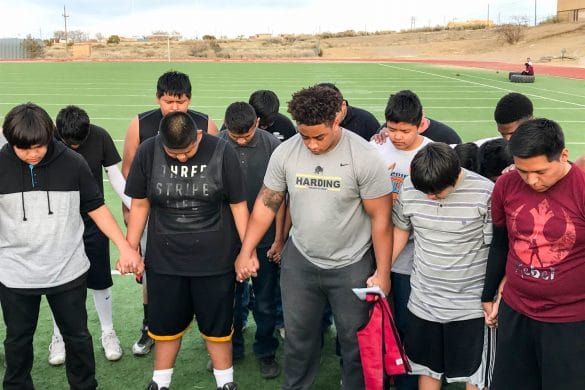Every Spring Sing show presents unique challenges for directors and participants alike, but one factor that always has an influence on a club show’s production is its size.
This year, some of the biggest shows hit close to 125 participants, including the Ko Jo Kai and Ju Go Ju show with 123 performers.
Sophomore Kelsey Evans is one of four directors for the maternity-themed show and has had her share of difficulties managing such a large group.
“The biggest struggles of working with a large group are communicating the seriousness of the commitment needed to make the show work well,” Evans said. “Everybody is involved with so many obligations additional to Spring Sing, which makes setting time aside for Spring Sing a lot to ask for.”
Sophomore director Olivia Tyer said that some of the frustations come from simple things like getting everyone to listen and pay attention at practice. However, being part of such a big group also has its advantages, including more people to help when the workload is heavy.
“There is plenty of support for the directors because there’s an understood acknowledgement of the difficulty of the job,” Evans said. “It’s a great platform to get to know a lot of people well and build relationships that will last a lifetime.”
Tyler said that having a large group gives them an advantage when they perform.
“I love having a large group because we can really use the stage and there are more voices on our track,” Tyer said.
For smaller shows, such as the Chi Omega Pi, Zeta Pi Zeta, and Shantih production, having only 81 participants can present difficulties. According to sophomore director Alicia Cook, the smaller group takes away from some of the wow-factor.
“It’s easier to teach the music to a smaller amount of people, but fewer people equals less volume that we can put out when show time comes around,” Cook said. “Having fewer people on stage also makes a bit less of an impact when the lights on the stage come on.”
Sophomore director Kayla Gafford said that the choreography for a smaller group has its perks and downfalls.
“One of the biggest struggles with a small group is utilizing the entire stage, but one of the advantages is that you can get more work done and it’s easier to choreograph,” Gafford said.
Overall, the directors of both large and small shows take away leadership and management skills from the experience.
“The most important thing I’ll be taking away from this year is how to effectively take charge and be a leader, something I’ve never really done before,” Cook said. “It’s not about how quickly you can get things done, but the quality of the work you put out.”





